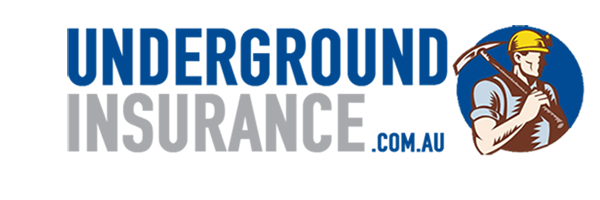In push for more females, miners seek fix to 'blokey' brand problem
By Nick Toscano 31 December 2018 — 12:05am
Australia’s mining sector must forge stronger ties with schools, TAFEs and universities if it is to succeed in achieving a meaningful lift in female workforce participation levels, says the head of human resources at goldminer St Barbara.
Mining is the country’s most male-dominated industry, according to data compiled by the federal government’s Workforce Gender Equality Agency (WGEA), which reveals women hold just 16 per cent of the 220,000 mining jobs nationally.
And the imbalance is even starker in the industry’s traditionally masculine roles, with women accounting for 10 per cent of machinery operators and drivers, 4.9 per cent of technicians and tradespeople and 7.1 per cent of labourers.
Many of the biggest miners in Australia, in recent years, have embarked on ambitious campaigns to attempt to fix the gender problem, including the world’s top mining group, BHP, which is striving for a 50:50 gender balance target by 2025.
“The mining industry has made a concerted and genuine effort to improve workplace gender equality,” WGEA director Libby Lyons said. “Employers have and are taking action.”
Nicole cut her pay in half to go and work in a dusty mine. And she loves it.
But Val Madsen, human resources general manager at ASX-listed miner St Barbara and chair of the Minerals Council of Australia’s gender diversity working group, said the reputation of mining as being “dirty, blokey” remained among the biggest obstacles for the sector to overcome, and has called on the wider industry to work more closely with educational institutions and “better profile and market the opportunities for women covering a full suite of professional roles”.
“The industry needs to demonstrate to potential employees that the mining workplace is one where diversity is valued and that women are welcome in the industry where they can enjoy a long career.”
Mining workforce recruiters have long reported that the pipeline of female candidates for roles such as trades, processing, engineering and geological positions, is often simply too thin to unwind the traditional male dominance. Part of the solution, they say, includes reversing gendered stereotypes about certain jobs females considered while at high school and in higher education, and encouraging more females to consider choosing to study STEM (science, technology, engineering, mathematics).
“We might drive towards 50:50, but have we actually got the candidates in the pool that will represent 50:50?” said Emanuel Gherardi, director of recruitment consultancy Energy & Mining Group.
St Barbara – the only Australian mining company to receive the WGEA’s citation as an employer of choice for gender equality – has set a gender-balance target of 30 per cent by 2022.
Through the implementation of a diversity and inclusion policy, a flexible work policy and a parental leave policy, Ms Madsen said, St Barbara’s proportion of women in the workforce had risen from 16 per cent to 24 per cent since 2007, while female representation on the board had increased from 16 to 40 per cent.
She said there remained “areas of challenge” for the company and the industry to overcome, particularly the gender barrier in trades occupations.
“We find that for certain roles there are still very few women compared to men including the trades,” she said. “We still see women working predominantly in administration, clerical and support roles.”
More than 83 per cent of mining companies have a formal policy or strategy on remuneration, said the WGEA, and more than 52 per cent had conducted a pay gap analysis in the past 12 months.
Ms Lyons said WGEA data showed the mining industry’s 14 per cent gender pay gap, although “still too high”, was less than the national gender pay gap of 21.3 per cent, “and less than half of another very male-dominated industry – construction,” she said.
“The gender pay gap in the construction industry has actually risen over the last two reporting periods and now sits at a whopping 29.4 per cent,” she said.

















